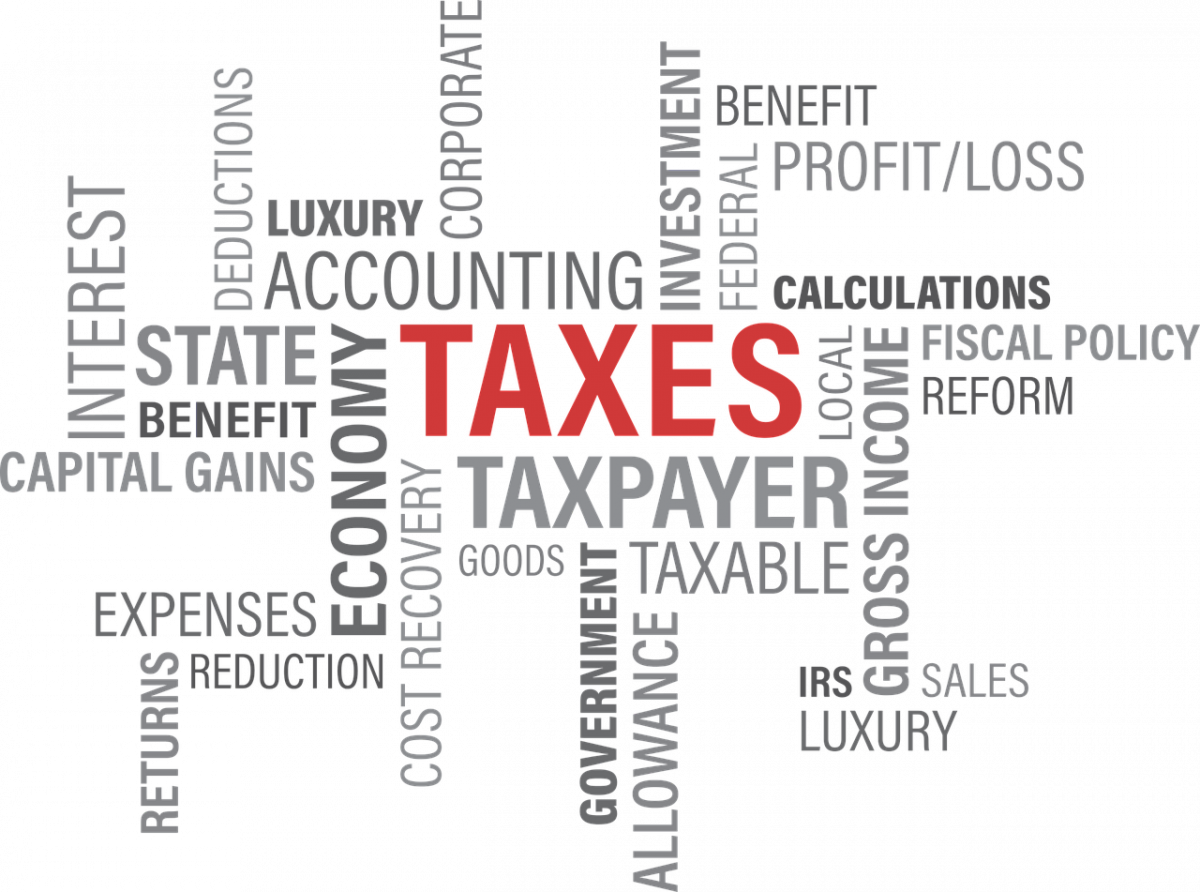What on earth is are 1099s?
If you’ve always worked a normal job and received a W-2 from your employer, you may not be that familiar with these forms. These are essentially a different kind of information return than a W-2, but no less important.
How it works is this:
- The 1099 form is a series of documents the IRS refers to as information returns.
- An information return is a form filed not by the taxpayer, but by the person that paid the taxpayer for a service.
- This information return tells the IRS that the taxpayer received money, and lets the IRS know that the taxpayer should be including this on their personal tax return.
- The person issuing this form will send both a copy to the IRS and a copy to the taxpayer, so the income can be reported properly.
Independent Contractor Income
If you are an independent contractor or a self-employed individual, you will receive a Form 1099-MISC from anyone that pays you at least $600 during the tax year.
Here are a few examples of independent contractor jobs where the taxpayer should be issued their 1099s and report it to the IRS:
- Grounds Maintenance Work
- Independent Child Care Work
- Farmers and Ranchers
- Carpenters and Fabricators
- Assemblers
- Editors and Writers
- Photographers
- Constructions Managers
- Hairdressers and Cosmetologists
- Janitors and Building Cleaners
- Painters
- Real Estate Agents
- Community Association Managers
- Food Service Managers
- Dentists and Lawyers
- Housekeeping
- Truck Drivers
1099s for Interest and Dividends
If you own a stock investment portfolio or mutual funds, you may receive a Form 1099-DIV to report dividends and distributions. Other types of investments include interest payments. These are also taxable and are reported on Form 1099-INT. Commonly, taxpayers receive this form from banks where they have savings accounts.
Government Payments
Federal and state governments also report to the IRS what they pay to taxpayers. This is known as Form 1099-G, which reports state income tax refunds as well as unemployment compensations received during the year. If you receive unemployment income, you must include that amount that reflects what your state reported on the 1099-G form in your taxable income.
The 1099-C for Debt Cancellations
Sometimes, even if you don’t receive a payment, a transaction can increase your taxable income. If this happens, the IRS treats this as taxable income.
For example: if your credit card company no longer requires you to pay your balance, it will send Form 1099-C to report the debt cancelled. You will then need to report this amount on your tax return.
Withdrawals From a Retirement Account
If you withdraw money from your IRA, you will receive a Form 1099-R. This reports your total withdrawals for the year. Occasionally, the 1099-R will display the taxable amount of distribution on the form and provide necessary codes to determine taxability. It will also report the amount of federal tax withheld.

IRS Reporting
The government knows about your income even if you forget it on your tax return. This is because the 1099 form you receive is also reported to the IRS, . Once the IRS realizes you forgot, it will notify you and charge you penalties and interest.
Penalty for Late Payments
Lastly, you can expect the IRS to impose a late payment penalty of 0.5 percent per month that late taxes remain unpaid. This penalty is capped at 25 percent. Don’t be late!



